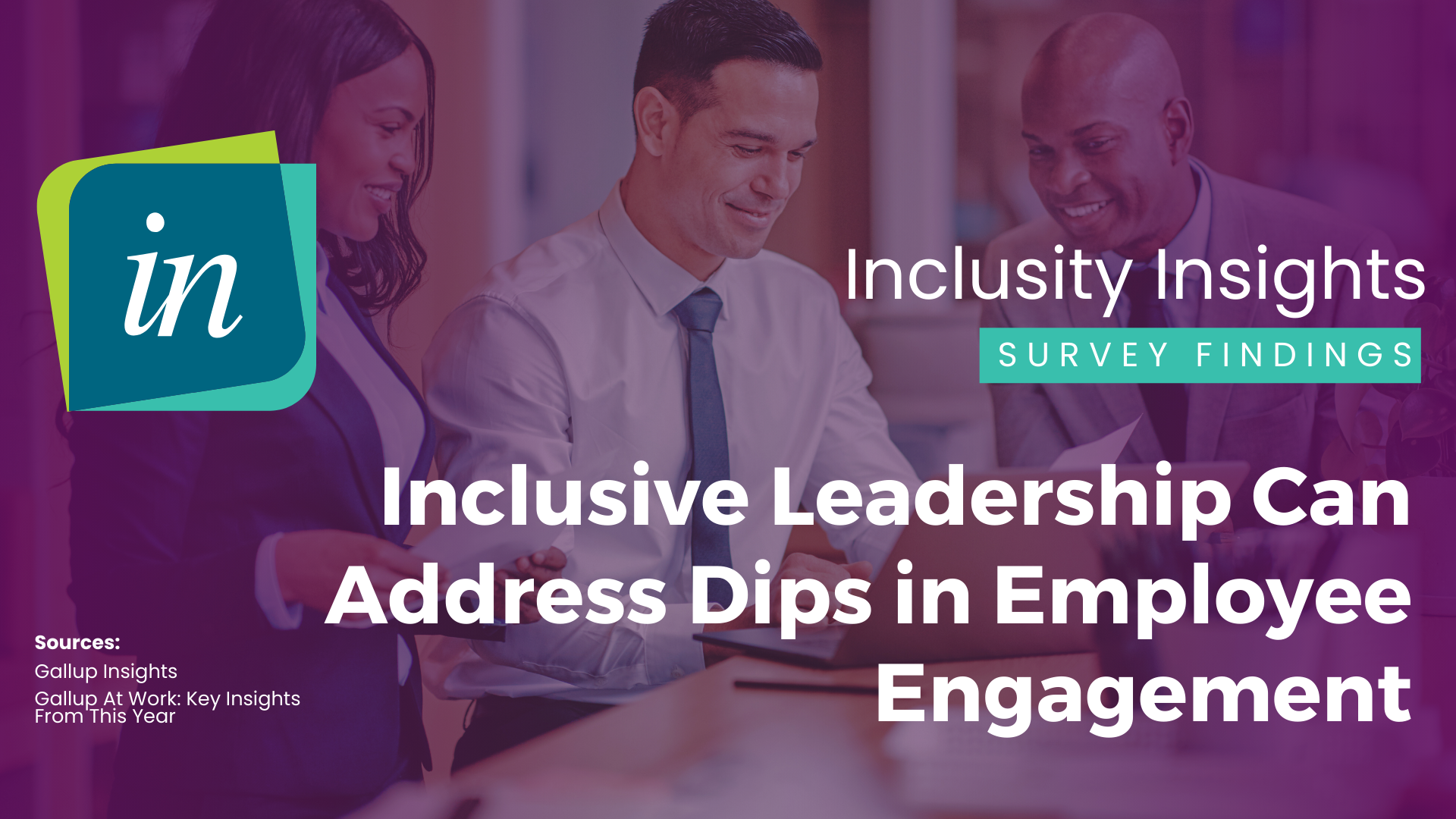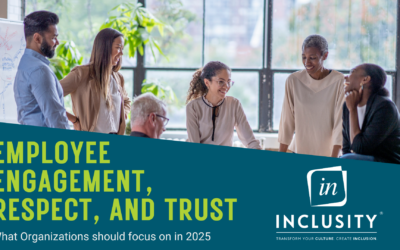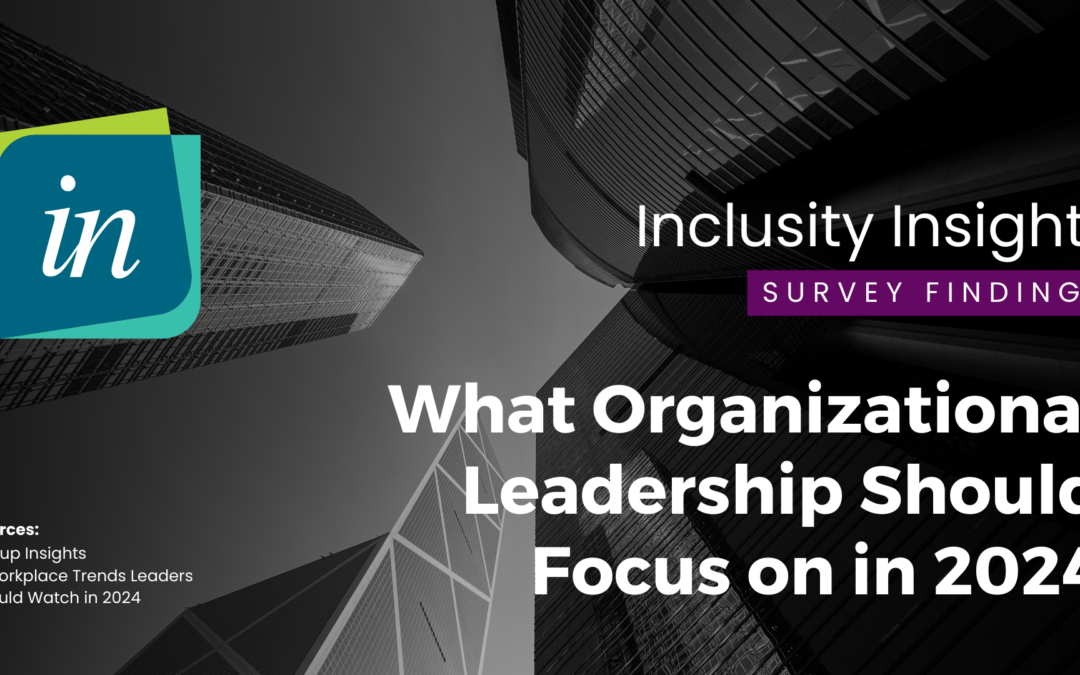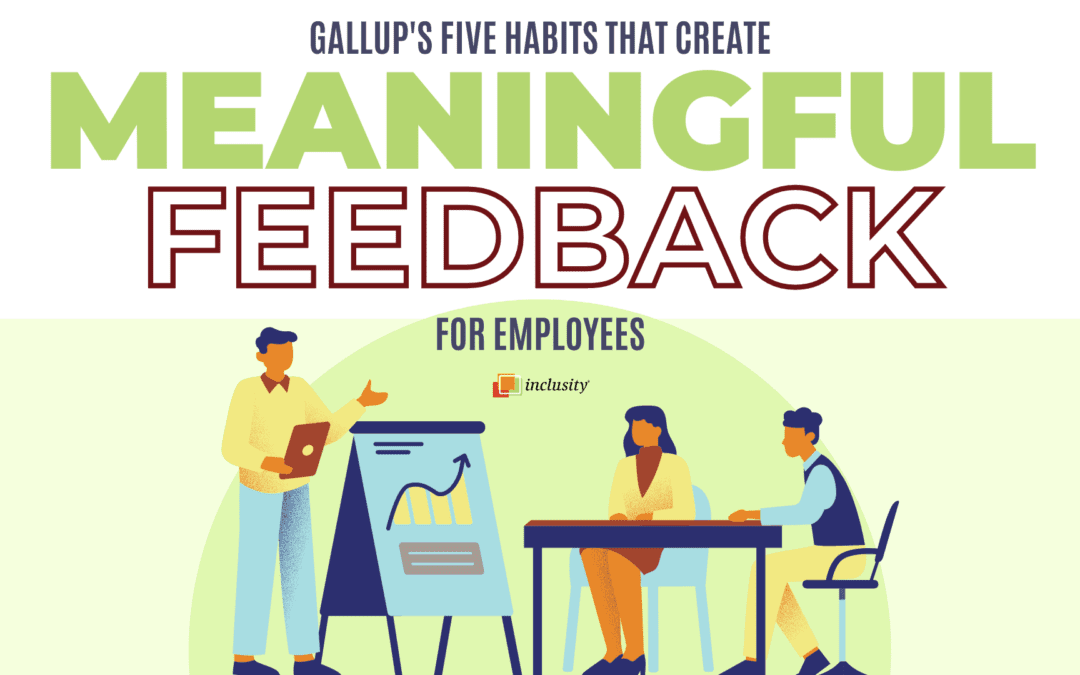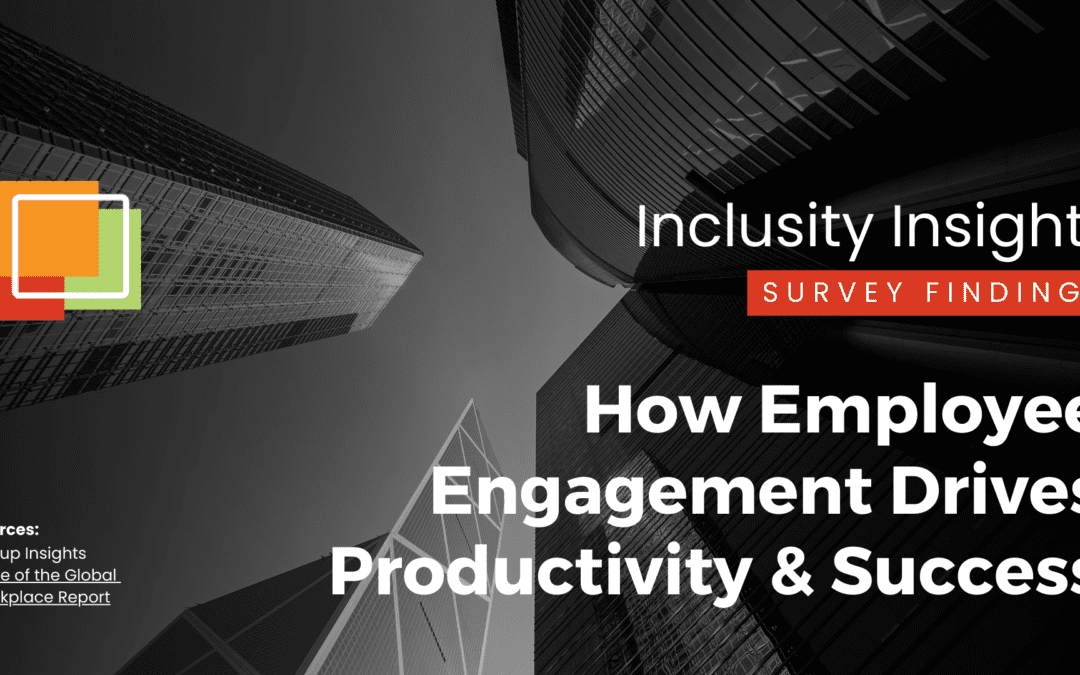At Inclusity, we closely follow workplace trends regarding employee engagement. It’s more than just curiosity; it’s part of our mission to help organizations create environments where employees engage. Gallup shared data in January that indicates that engagement stagnated, despite a slight bump in early 2023. Only 33% of U.S. employees are engaged in the workplace, with less than half being fully engaged. A problem for the obvious reason that it cost the economy $1.9 trillion in lost productivity, it also signals a longer-term issue.
The Post-Covid Workplace
Engagement and productivity have been steadily declining since (you guessed it) 2020. While some may believe that the pandemic and its impact are behind us, Gallup’s survey results say otherwise. The impact of Covid-19, and the way it changed the ways we work together may have dramatically influenced our workplace cultures for the foreseeable future.
Because our work focuses on building cultures of inclusion where all employees can fully engage, addressing the challenges of the post-Covid workplace is a critical part of the equation. Looking at the factors that contribute to engagement (or lack thereof) will help us to understand.
Employees’ sense of “role clarity” has been declining since 2020. Gallup reports that only 41-47% of employees surveyed responded positively to the question, “I know what is expected of me at work.” We might think it’s “remote” workers who led this dip, but, interestingly, it was hybrid workers who came in at the lowest percentage here.
Gaps in Communication
The largest factor contributing to the decline of role clarity lies in the lack of consistent feedback and meaningful communication. The extent to which employees have experienced meaningful feedback in the past week correlates with their engagement. According to Gallup, the most important thing a manager can do to keep their employees engaged is to have at least one meaningful conversation with them every week. This seems so simple, yet why do so many of us find it so difficult?
Time (not enough of it!) challenges our capacity, and managers are feeling the time crunch even more. Of all managers Gallup surveyed in 2023, 64% reported taking on significant additional responsibilities in the previous 12 months. Because managers are rarely asked to report on the amount of time they spend with their people, it’s not surprising that this activity can fall by the wayside as other responsibilities take priority. And spending time in what could be perceived as “chatting with my folks,” could even seem like a waste of time or much less important than other business priorities.
Beyond taking the time out, many managers don’t feel comfortable “chit chatting” with their direct reports. When I was trained as a manager in the 1980s, I was instructed to avoid personal conversations at work and to completely avoid topics related to race, gender, and other elements of individuality that are important to employees. Through Inclusity’s work, we’ve observed that most managers are uncomfortable discussing these subjects and so they avoid them altogether. And when they do this, they can come off as being distant, uncaring, unapproachable, and disengaged.
When employees aren’t even in the same building, the potential for conversation becomes more challenging. According to the Gallup report, 70% of all managers report never having had any training in how to lead a hybrid or remote team. We know that “management by walking around” is difficult enough; how do we as managers communicate that we care through a computer screen? Especially if we haven’t invested in building personal relationships in-person first.
How a Leader Can Connect
This may seem intimidating! But let me tell you that we have some tips for you, and, better yet, we know that they work!
- Make it meaningful. Gallup mentions that meaningful conversations “include recognition and discussion about collaboration, goals, and priorities, and the employee’s strengths.” I would also propose that meaningful conversations include topics that the employee cares about!
Every single employee is different, and they all value different things. One person wants to talk about ideas, another about movies they have seen, and yet another about their family. Some of my direct reports are not super talkative, but they always ask me how I am doing. They seem to enjoy when I share the trials and tribulations that result from being my klutzy, curious, and enthusiastic self! Others want to talk business and love to brainstorm and discuss the future.
- Use a framework. At Inclusity we have a process that we call a “Connection” – which can exist on its own or as part of a larger workshop. It’s a structured conversation between two people or a small team. We use a tool called the Elements of Individuality to open up a discussion about who we are and what’s important to us. We also talk about expectations, needs, and styles of working. Often Inclusity facilitates these conversations; however, they can also be led by managers who have experience with the process or are good listeners and comfortable being authentic and vulnerable.
I have learned so much about my employees by listening and asking questions. And by showing concern, admitting mistakes, and demonstrating that I am open to feedback and willing to change, my colleagues have learned that I care and are therefore more willing to share.
- Show you care. One of the principles that I try to manage by is “People don’t care what you know until they know that you care!” Anyone that has worked with me learns quickly that I commit to building relationships of trust and care. As a result, I don’t give constructive feedback until I am certain that the person to whom I’m giving feedback knows that I care. I first look for ways to provide feedback on what the individual does well. When I do need to give constructive feedback, the individual knows I value them and trying to help them grow and improve.
- Focus on the behavior. Even after creating a foundation of trust, many of us avoid giving constructive feedback at all costs. At Inclusity we know that if you focus on a behavior and its impact on you or the team, this enables the recipient to receive the feedback in a more balanced and less fear-bound way. Inclusity’s BIOS model, which stands for Behavior, Impact, Outcome, and Suggested Behavior, provides managers with a tool to plan out the feedback, rehearse it, and then share it in a neutral and empathetic way.
- Prioritize the time. The single most important thing you can do as a manager is to set aside 30-60 minutes each week to connect personally with each of your team members. It may feel awkward or even uncomfortable at first. Take a small step today by setting up time for each employee. Start with 15 minutes if you must and then move to 30. Ask them about what matters to them and share what matters to you. Just be your authentic, most curious, and caring self. I promise you that if you commit to doing it regularly, before you know it you will look forward to this time as much as your direct reports do.
Creating a culture of inclusion and engagement takes work. Making time for your people is a challenge and the best way to show your team that you are committed to creating an inclusive culture. And if you ever need help becoming a more inclusive leader, Inclusity is always here for you!

